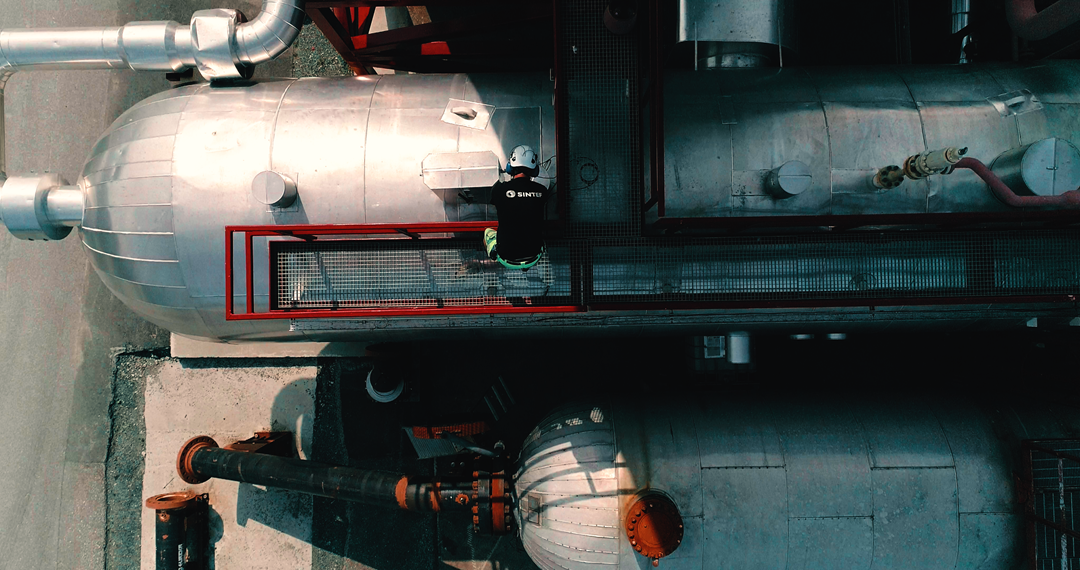The background for the HIPlog innovation is that traditional production monitoring techniques used for estimating downhole zonal production (permanent- or campaign-based) are limited in use due to high CAPEX and/or OPEX. The market therefore tends to use lower cost systems like permanent chemical tracers. These have valuable features such as locating first water breakthrough, but their reliability on rate monitoring are uncertain, especially with multiphase flow. They also feature offline and non-real time data, which is incompatible with modern digital fields. Environmental footprint of chemical tracer use may be minor, but still not negligible.
The market value for production rate monitoring and associated services is huge and rising with today's reservoir complexity (> 1 Billion dollars). WellStarter aims at entering the national- and international markets with a new product line. The underlying idea is to trace fluids with non-material heat waves, operate at steady state and avoid many of the above-mentioned tracer problems.
WellStarter aims at developing a robust product and the heat propagation research carried out under this project will be crucial. Improved heat source characteristics will improve the overall predictive power and will extend the applicability of the system towards more challenging wells. The models will be derived both from published literature, detailed 3D computational fluid dynamics simulations (CFD), and data from tailored lab-scale experiments. Different types of experiments will be performed at scales ranging from very small to more realistic dimensions (e.g at SINTEF Multiphase Flow Laboratory)

